
Wine is daunting to a lot of shoppers. And supermarket deals are hard to compete with if you don’t know what you’re doing. On the other hand, there’s a lot of money to be made, as an independent, if you do: shoppers nipping out to a c-store over the past 12 months spent up to 54% more per shop than the average shopper, according to Him! research. And the number of wine shoppers heading for a c-store increased by 8% last year, reflecting wider shopping trends.
Yet far too often the alcohol section at independent retailers continues to be one of the most neglected parts of the store. Play it wrong and your offer will sit on shelves collecting dust, say experts. Play it right and they claim c-stores could boost sales a lot.
“With the right selection of wine you can expect margins of between 28% and 35%, in London even higher,” claims Jason Busby, director of regional sales at Bancroft Wines.
So what are the tricks of the trade? The first consideration is range. Luis Gamiz, London sales manager for Alliance Wines, advises you start with 10 lines, choosing international grape varieties from a producer you think offers something a bit different: “A pinot grigio from Alto Adige; a grower Prosecco.”
Busby too suggests keeping the range narrow, with basic and classic products. “A chablis, a Sancerre, a Châteauneuf-du-pape, a Rioja, a New Zealand sauvignon blanc, and a couple of sparkling wines. Stay away from branded products or anything you’ll find in the supermarkets. Keep the price range between £8 and £15 retail, with a couple of wines up to £50.”
He also suggests a hand-sell, which is industry jargon for an obscure but quality wine that often wins loyal fans if they can be persuaded to take a punt on it. “We do a Bukettraube from Cederberg in South Africa. No one’s heard of it but it sells really well.” Busby supplies this to Henri’s, a two-site cheese-shop in Scotland that has also started selling wine. “The cash margin is higher on wine than on cheese,” he explains.
“You don’t need much: a small tag with the producer’s name, the country, the region, the vintage - and the price”
He also waxes lyrical about Rosemary Shrager’s Patisserie in Kent: “If you sell cake, add a Champagne next to it - these wines need to go with food and it has to be space productive. You just need to get a licence, which is very easy to do.”
Straight from the barrel
Borough Wines, another supplier to independents, has introduced Borough Wines ‘Corners’ in various London stores, which offer a ‘Straight from the Barrel’ wine refill system. One of its customers is the highly successful Eat 17, which owns two award-winning destination food stores in Hackney and Walthamstow village.
Eat 17 operates under the Spar symbol but MD James Brundle chooses to supplement his core range of wines with about 15 lines he sources from Borough. Combined, the wines make up about 10% of his overall sales. Brundle advises independent retailers thinking about introducing wine “to try to be different” and says the refillable barrel provides a fast-moving sales mechanic that offers customers a no-fuss choice that “can compete with the supermarkets on quality and cost”.
“Eat 17 has amazing variety, so it was about offering a diverse selection but also an affordable one. With our refillable bottles we had all bases covered,” says Borough Wines sales and marketing director, Jess Scarratt.
Belonging to a symbol “definitely” helps, says Brundle, though he adds that “flexibility is absolutely essential for us to be the go-to place of customers.”
Top tips
Keep your list simple and choose international grape varieties
“Try to be different” to achieve destination shopping
Think about the wines you sell in relation to food
Avoid big brands or anything you’d find in the supermarkets
Julian Rinaldi, owner of Musbury Garage, has seen people spending more on wine in recent times. “We’ve seen a drop-off in sales of the cheaper wines,” he says. “People’s palates have improved and they’re willing to spend £1/£1.50-plus more per bottle.”Operating - like Brundle - under the Spar banner, Rinaldi finds being part of a symbol useful. “We have an annual wine festival which is promotion-led, and Spar helps us out with detailed planograms. We don’t have to only use own-brand product, but we do because it works,” he says. His East Devon store, which started life as a forecourt kiosk, now has a 1 sq m red section and 1 sq m rosé and white combined chilled section “with around five shelves each”.
“On a usual week we can do anything between £500 and £600 worth of sales from wine alone,” he says, citing the award-winning Carta Roja, currently on deal at £6, as one of its best-sellers.
Whether you’re part of a symbol or not, building a strong wine section clearly makes economic sense. Bancroft’s Busby cites Bodnant Welsh Food - originally a restaurant, it has now introduced a farm shop, wine room and bedrooms. He says adding a wine room was a “really good add-on for the investment and because it’s in the middle of nowhere, it has now become a destination.”
Events
Busby supports them with winemaker visits, and mentions a ticketed wine event organised by Bodnant where they invited six of their suppliers and 100-plus people, thereby increasing footfall and prompting additional sales throughout the evening.
Even if you don’t have the time or knowledge to offer the customer advice, Gamiz believes merchandising is essential, but “you don’t need much,” he stresses.
“A small tag with the name of the producer, the country, the region and the vintage and, most importantly, price. Add a bit of info about what it tastes like - but not just what you can find on the internet. And make sure you spell everything correctly.”



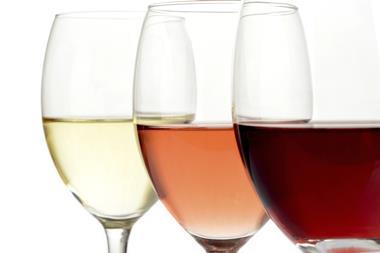
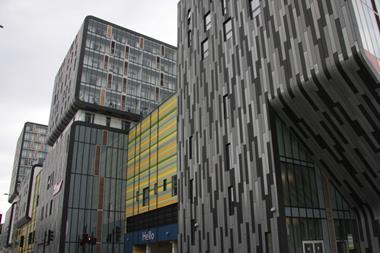

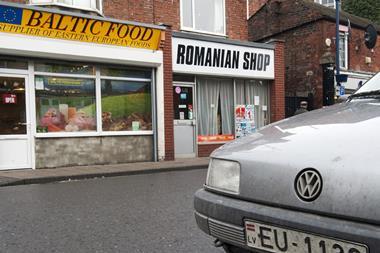

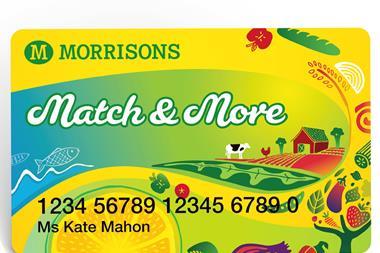


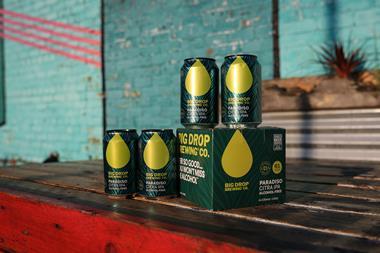
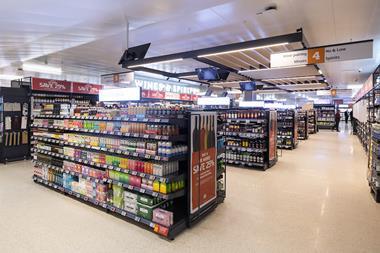
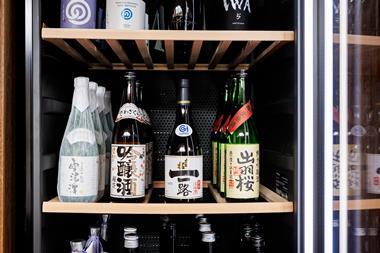
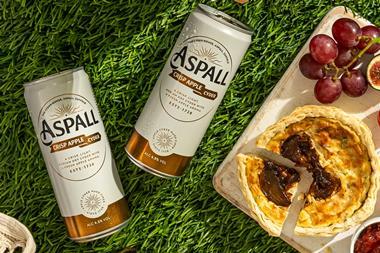
No comments yet